
The arts in Switzerland: outlook for 2023
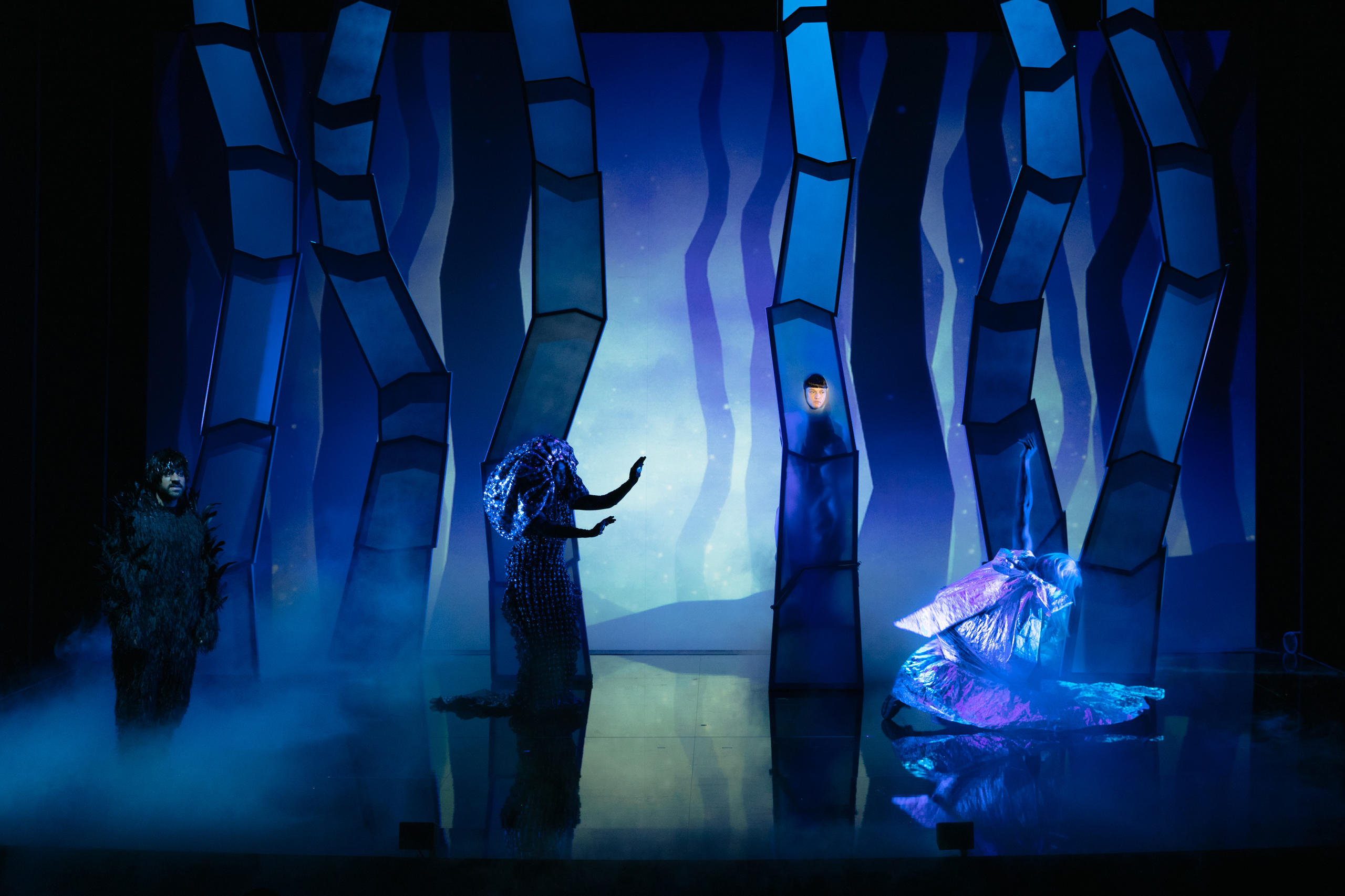
The global outlook for 2023 may be darkened by looming recession, inflation and war but the future certainly looks bright in the Swiss art scene. Besides its many world-famous festivals and fairs, 2023 has plenty of art treats in store.
Digital assets linked to artwork used to be all the rage. Now the hype is gone. As SWI swissinfo.ch predicted, the NFT bubble burst well before the collapse of cryptocurrency exchange FTX. The nonfungible.com tracker shows that 2022 was marked by a steady, downward trend in the volumes of art sales and deals.
NFTs, however, are not dead. Business Wire External linkpredicts the NFT industry in Switzerland will grow by 46.2% annually until 2028. Considering that 2022 closed on a volume of $323.1 million (CHF297.3 million), that would add up to $1.6 billion in 2028.
Art works currently represent just 2% of the NFT market, which comprises games, utilities, collectibles, and metaverse virtual real estate. Sales of digital art, however, drove the recovery of the global art market in 2021 and 2022. The first half of 2022 experienced an even bigger turnover of global art sales than pre-pandemic years ($7 billion). War, disease and inflation have not made a dent in the spending of wealthy, art-loving elites.
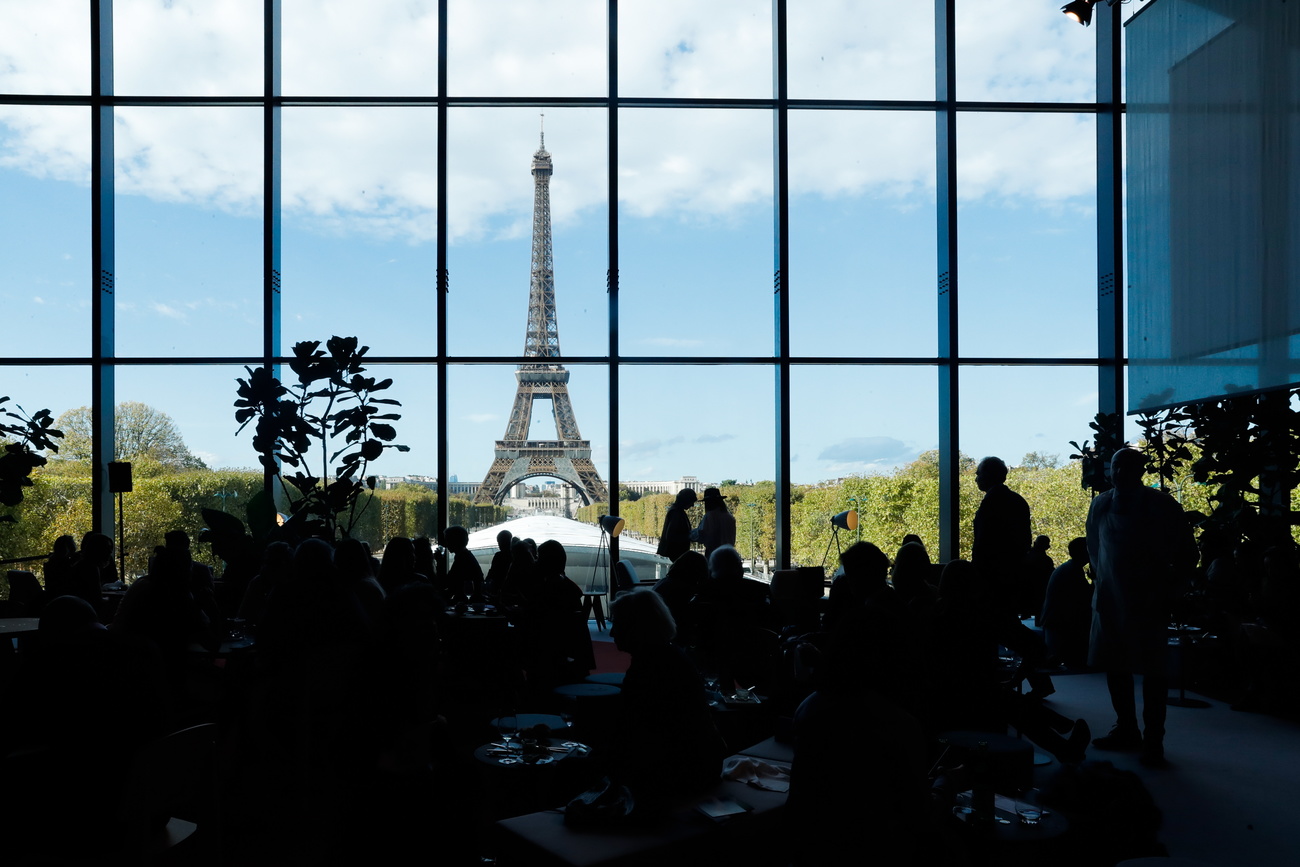
Basel sets the tone
High-flying buyers and collectors flocked en masse to Art Basel in 2022, the first edition of the world’s leading art fair that took place free of Covid restrictions. We can expect high turnout again in 2023 although Art Basel can no longer be considered a Swiss institution.
The pandemic took a heavy toll on Art Basel and its other branded fairs (Hong Kong and Miami). Its parent holding company, the live marketing company MCH Group, sold 44% of its shares to James Murdoch, son of billionaire media mogul Rupert Murdoch. His private investment firm Lupa Systems injected CHF48 million into MCH in August 2020, stabilising MCH finances and redirecting its expansion strategy away from localised art fairs. The traditional Baselworld watch and jewelry fair had already been scrapped in early 2020.
The survival of Art Basel Hong Kong remains in question due to stringent controls on political and artistic expression imposed by Chinese authorities in recent years. But MCH upped its game last October with the inauguration of a new venue in the French capital, called Paris+ par Art Basel. No matter how things play out, Basel-based MCH will set the tone for the world’s most important art fairs in 2023 and deliver fresh delights in Switzerland.
From controversies to retrospectives
Art restitution was a hot topic in 2022. Swiss museums were forced to grapple with the question of how to handle Nazi-stolen art or art sold by members of the Jewish community under Nazi duress.
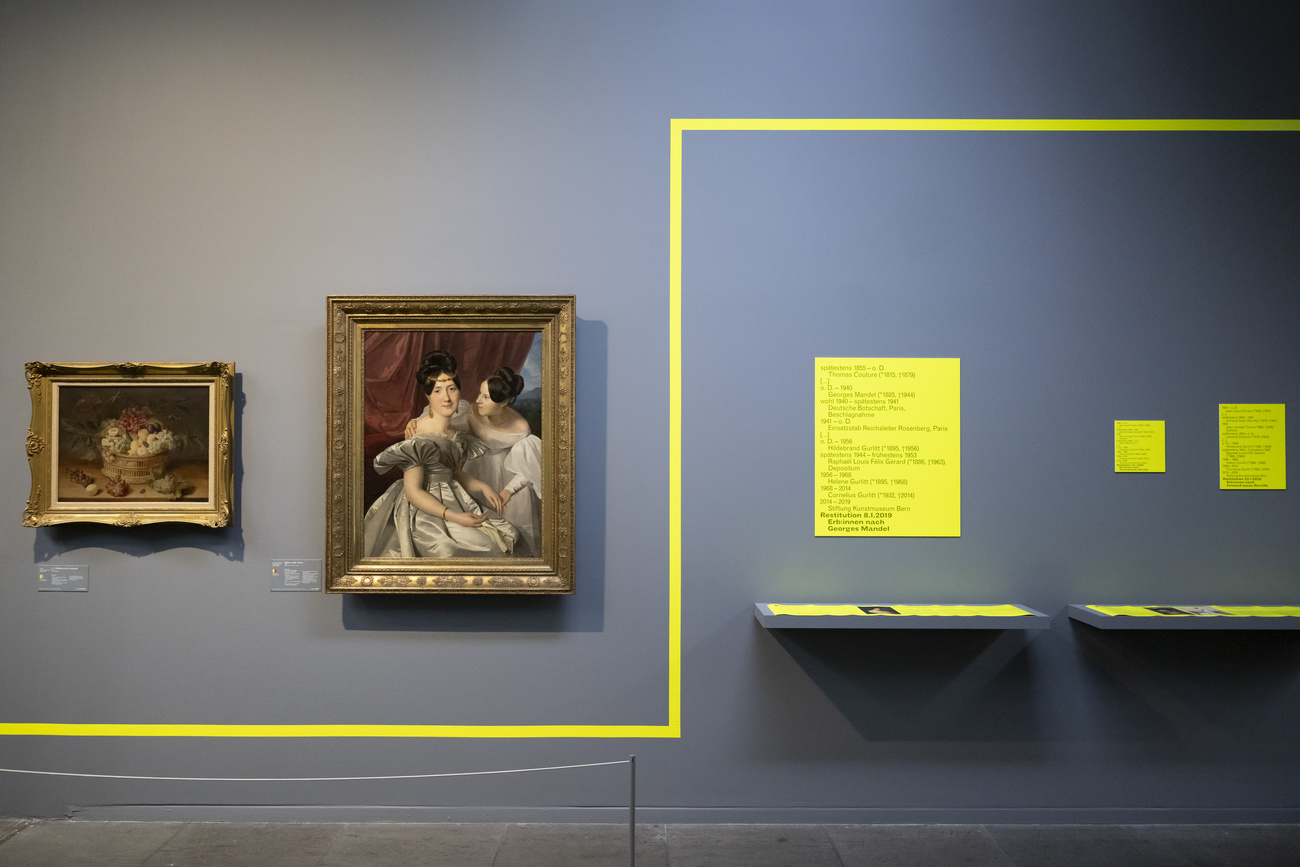
The heated debate over the provenance of art works in the collection of Swiss arms tycoon Emil Bührle has cooled but failed to deliver an optimal solution. The Bührle controversy led to a motion in the Swiss parliament to create an independent commission to assess claims for “cultural property lost as a result of Nazi persecution”.
The current debate hinges on legal terminology as the Federal Council partially approved a parliamentary motion with a subtle change of words that does not differentiate art directly looted or stolen by the Nazis from artworks that Jewish people had to sell under duress at low prices.
Meanwhile, The Bern Museum of Fine Arts (Kunstmuseum Bern), also home to the infamous Gurlitt collection, has put on display the ethical and legal considerations that structured its international efforts on research provenance. The exhibition “Taking Stock. Gurlitt in Review” is open until January 15. The transparent approach taken by the Bernese museum stands in sharp contrast to that of its counterpart in Zurich with regards to the Bührle Collection.
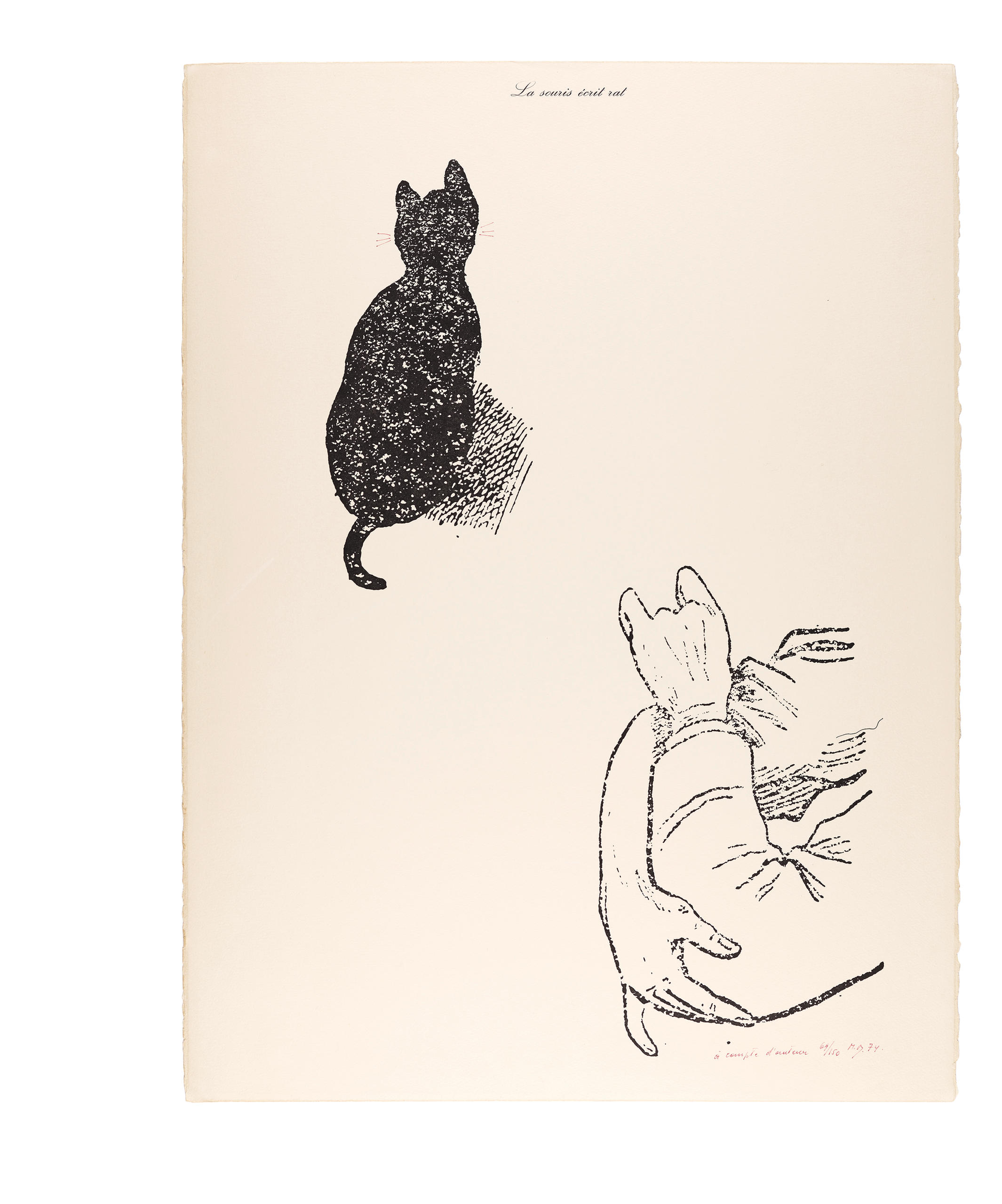
+ Is the Kunsthaus Zurich a tainted museum?
Keen to leave controversy behind, the Kunsthaus Zurich kept the spotlight on Swiss contemporary artists of the so-called 1968 generation in 2022. After a careful retrospective of Jean-Frédéric Schnyder shown in the Kunstmuseum Bern last year, now it’s the time of Markus Raetz, an unfairly overlooked artist who died in 2020, who will have a retrospective in Zurich in the second semester.
The museum’s 2023 programme pursues an edgier, more contemporary line. Central to that effort is an exhibition on “Marcel BroodthaersExternal link”, a Belgian poet (1924 – 1976) and one of the most original thinkers on the principles of art and the function of museums. The museum opens its collection of Broodthaers’ graphic works, photography, and films, that complements a recent display of his so-called industrial poems a the MASI Museum in LuganoExternal link.
Another must-see Kunsthaus Zurich exhibition interweaves Western with Islamic art: “Re-OrientationsExternal link: Europe and Islamic Art, from 1851 to today”.
Lastly, with war raging in Europe, the retrospective of German artist Käthe KollwitzExternal link (1867-1945), famous for her harrowing depictions of violence and oppression between World War I and World War II, should not be missed.

Ukrainian art in exile
As Russia’s war on Ukraine rages, the National Art Gallery of Kyiv managed to send a substantial part of its collection to the safety of Western institutions. Geneva’s Museum of Art and History is showing (until April 23) “Du Crépuscule à l’AubeExternal link” (From dusk to dawn), a selection of masterworks of Ukrainian artistic heritage curated through the prism of the struggle between the forces of light and darkness.
Basel’s museum of fine arts, meanwhile, brings another selection from the Kyiv gallery: “Born in UkraineExternal link”. The works on display reflect the struggles of Ukrainian national identity, repressed by Russia for centuries – from czarist times to the Stalinist regime, and now all over again.
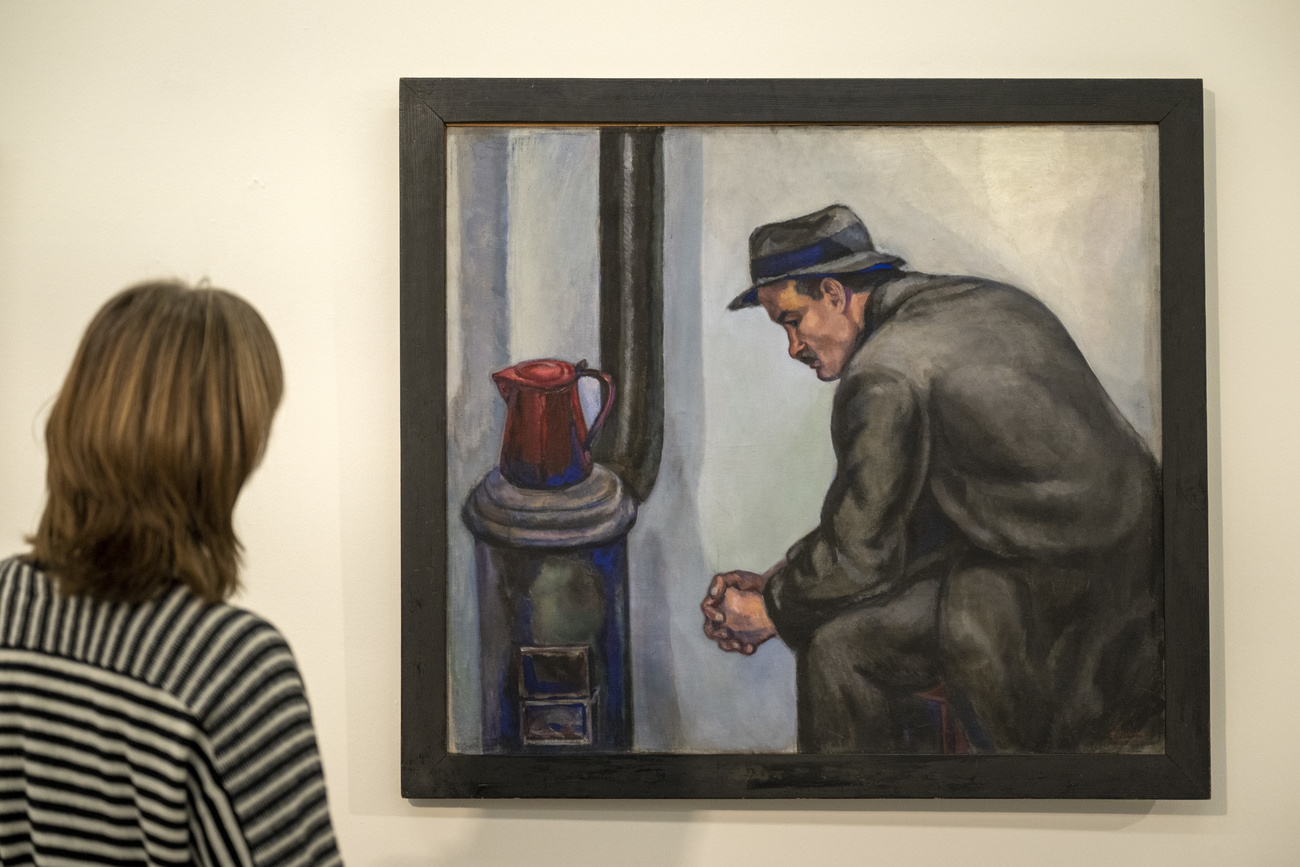
Ukrainians are also seizing the Swiss stage. The Zurich Schauspielhaus theatre presented the play “Bad RoadsExternal link” in December. The production by the Left-Bank Theatre (Kyiv) focused on war-torn Ukraine that has been presented across Europe since Russia invaded its neighbour. The Left Bank’s artistic director Stas Zhyrkov returns to Zurich in May with his version of Antigone.
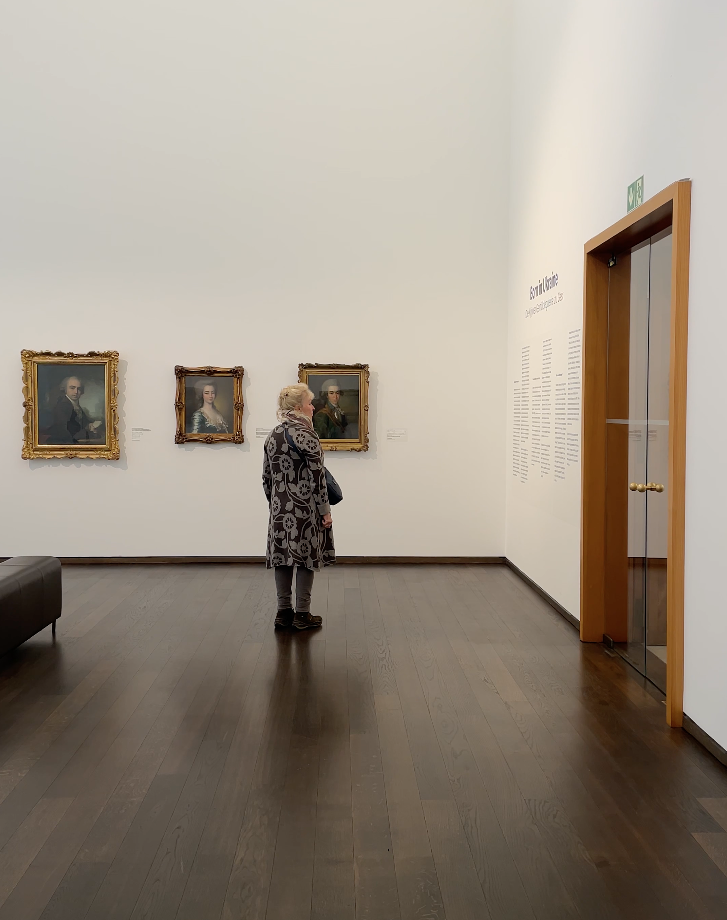
More
Ukrainian art is safeguarded and showcased in Switzerland
Foreign stars take the stage
Despite dwindling audience numbers – a phenomenon that has plagued cinemas, theaters and performing arts in general since the start of the pandemic – the SchauspielhausExternal link has invested in a broader international program with several foreign stage directors in residence. Its 2023 programme looks particularly promising.
The American choreographer Trajal Harrell, who staged the first-ever dance piece in the Zurich theater in 2020, will be back in April with “The Romeo”. It is announced as the dance “people of all origins, genders, and generations, of all tempers and moods, perform when they have left their tragedies behind and are just dancing.”
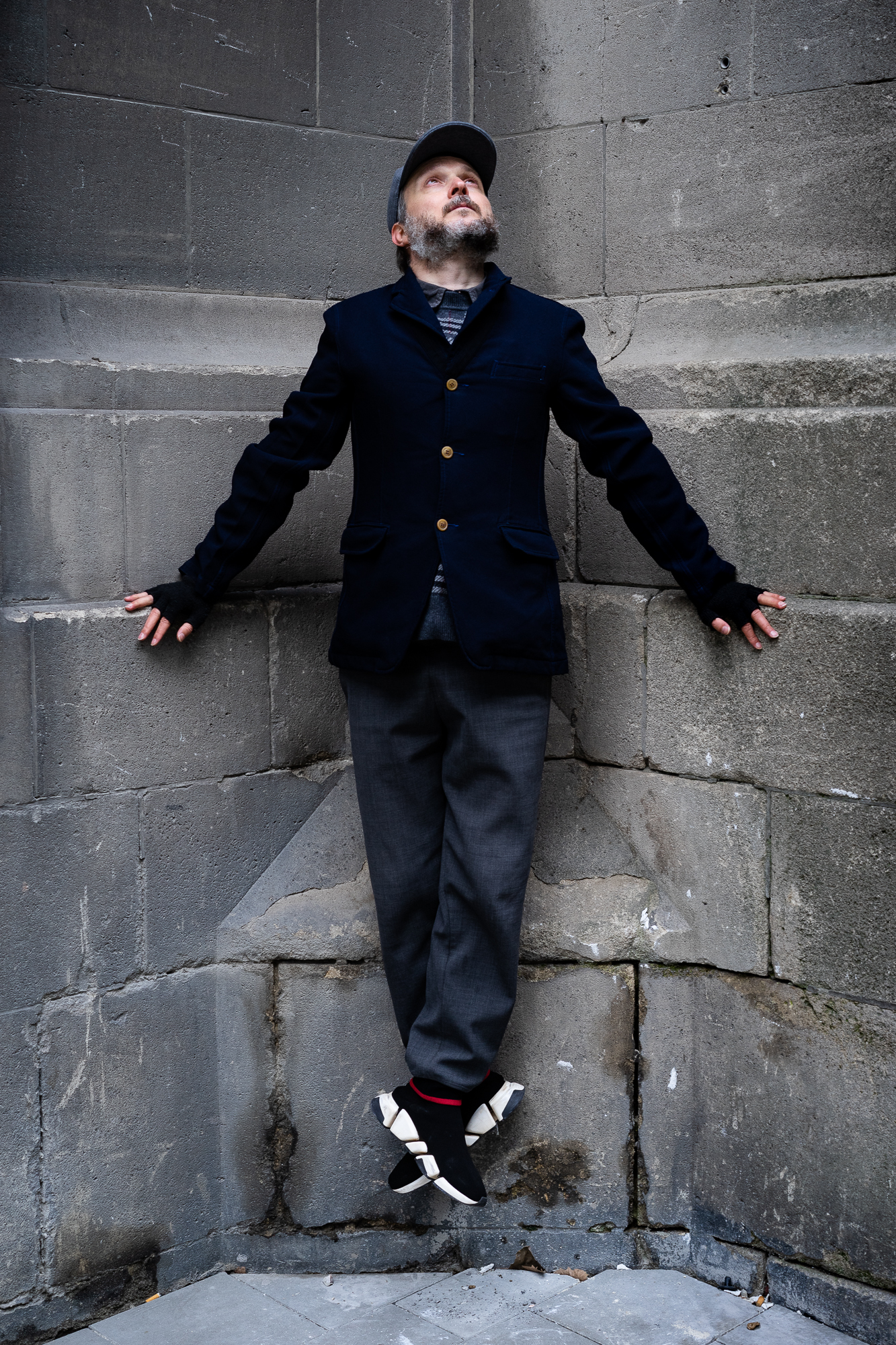
The Zurich theater also presents, until April, a version of “PinocchioExternal link” created by the American film maker, artist and performer Wu Tsang. Mixing movement, poetry, music and virtual reality, the performance is also suitable for children over the age of 7. And last but not least, the acclaimed Brazilian director Christiane Jatahy closes her anti-Bolsonaro “trilogy of horror” in February with “After the Silence”.
In French-speaking Switzerland, the Ballet of the Grand Théâtre de Genève (Geneva’s Opera) appointed the Belgian-Moroccan choreographer Sidi Larbi Cherkaoui to direct its 2022-23 season. Cherkaoui is probably one of the most notable rising stars in the contemporary dance scene, and he brings to Geneva his wide acclaimed “SutraExternal link”, created with British sculptor Antony GormleyExternal link and monks of the Shaolin Temple in China.
A bonanza of Swiss films
SWI swissinfo.ch film correspondent Max Borg reports that the Solothurn Film Festival (January 18-25) will deliver the very best of recent Swiss productions.
Ursula Meier’s The Line (La Ligne), which drew major kudos at the 2022 Berlinale, opens in cinemas both at home and abroad. It is already a strong contender to be in the line-up of Switzerland’s Oscar candidates for the 2024 Academy Awards. Michael Koch’s A Piece of Sky (Drii Winter), which has already enjoyed a healthy run in cinemas in German-speaking Switzerland, will be screened in the rest of the country.
The next edition of the Berlin Film Festival (Berlinale) has already announced one Swiss entry in its selection: Jenna Hasse’s Longing for the World (L’Amour du monde). This marks a debut in the features category for Hasse, a young director who has already enjoyed festival success – including Cannes – with her short films.
Also slated for release, with festival screenings in mind, are Blackbird Blackbird Blackberry by Elene Naveriani – she was one of the major discoveries of 2021 thanks to her Locarno entry, Wet Sand – and Electric Child by Simon Jaquemet, who took Toronto and San Sebastián by storm in 2018 with The Innocent (Der Unschuldige).
Whether you have a penchant for film or art, Switzerland will not disappoint in 2023.
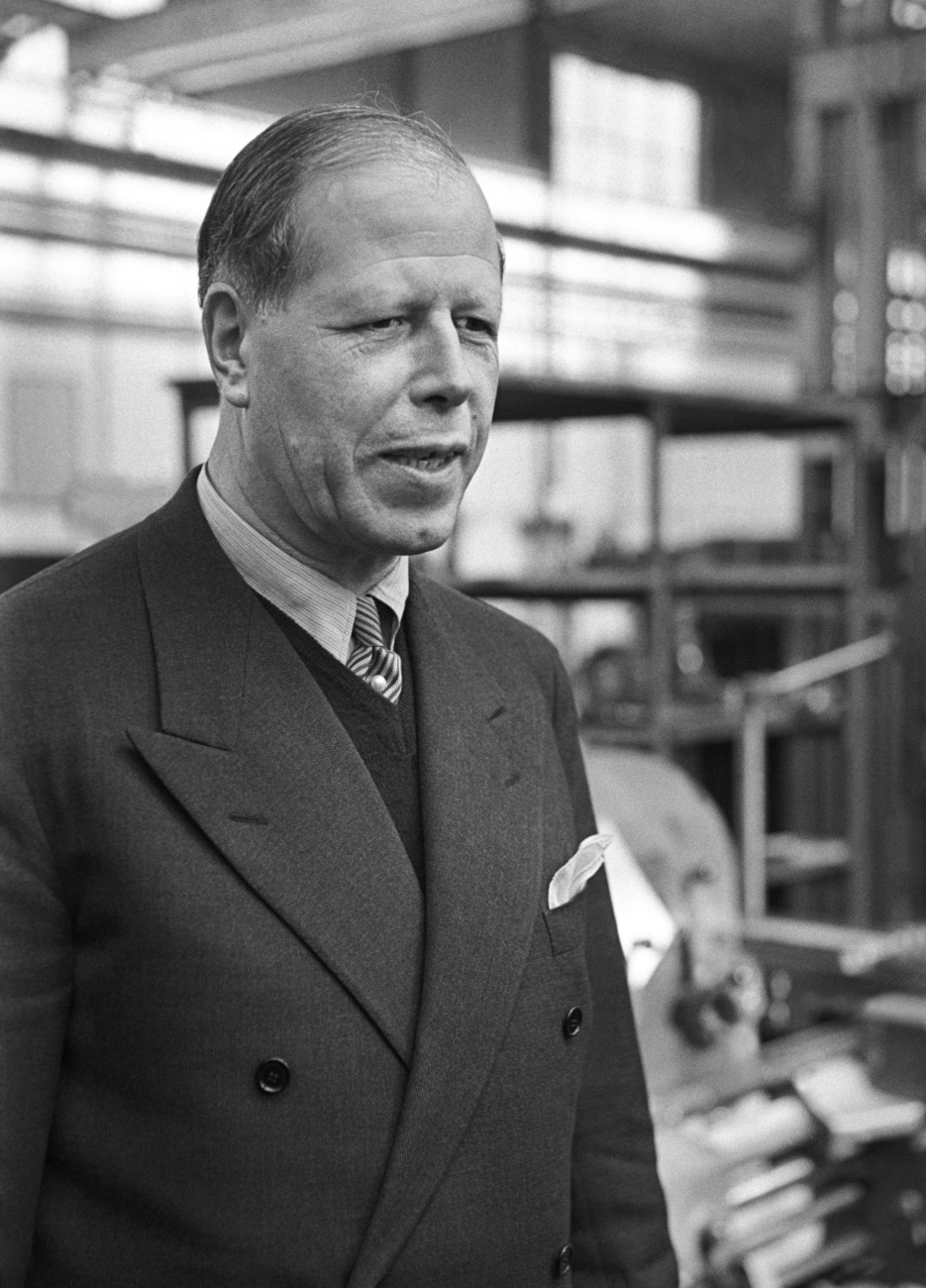
More
Nazi-looted art: Is the Kunsthaus Zurich a ‘tainted museum’?

In compliance with the JTI standards
More: SWI swissinfo.ch certified by the Journalism Trust Initiative





























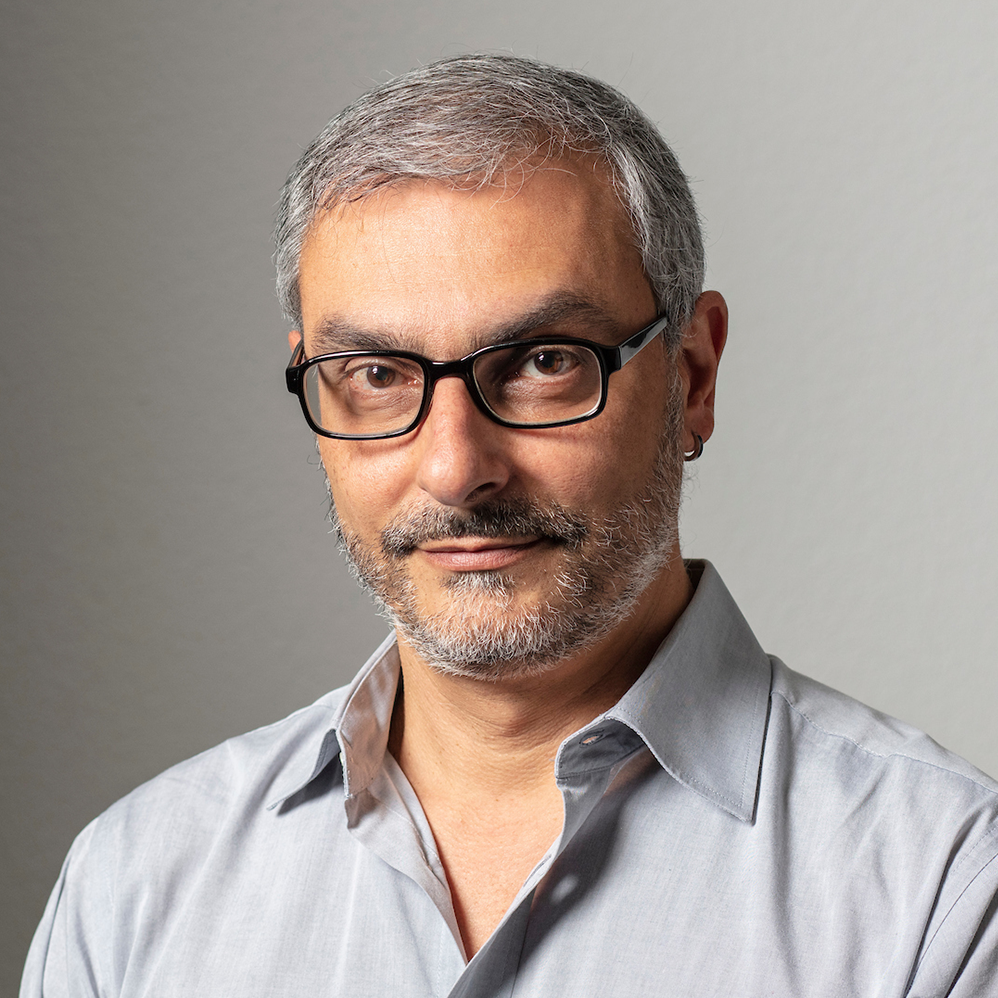
You can find an overview of ongoing debates with our journalists here . Please join us!
If you want to start a conversation about a topic raised in this article or want to report factual errors, email us at english@swissinfo.ch.